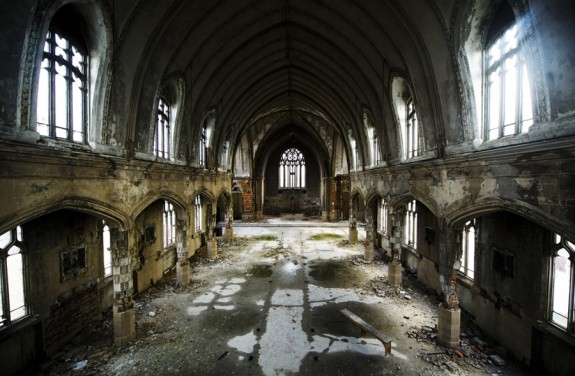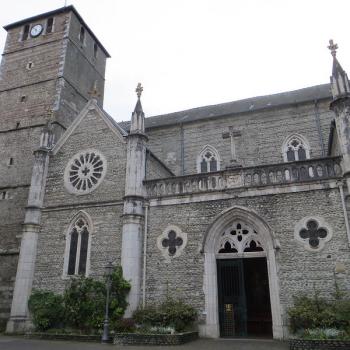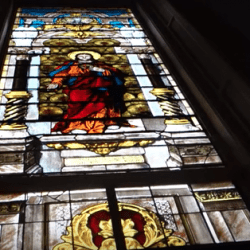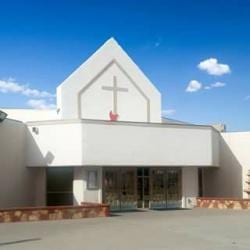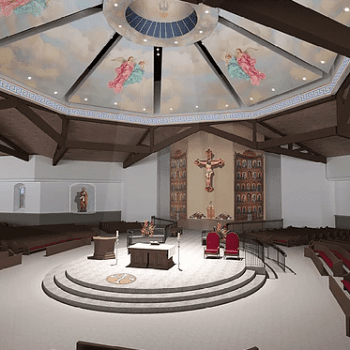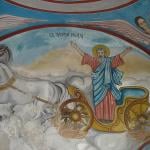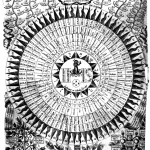Some perspective on what is happening in Philadelphia and elsewhere:
From Philadelphia to Newark, N.J., New York to Boston, Cleveland to Chicago to Detroit and beyond, the church of the immigrants is going the same route as the old industrial America of our forebears. The huge plants — churches, schools and parish halls — markers of another era, like the hulking steel mills and manufacturing plants of old, can no longer be sustained. There aren’t enough Catholics left in those places, not enough priests and nuns and certainly not enough money to maintain the church as it once was.
According to the Center for Applied Research in the Apostolate at Georgetown University in Washington, the church in the United States has lost 1,359 parishes during the past 10 years, or 7.1 percent of the national total, and most of those have been in the Northeast and the Upper Midwest.
“I’m developing a theory that one of our major challenges today is that American Catholic leadership is being strangled by trying to maintain the behemoth of the institutional Catholicism that we inherited from the 1940s and ’50s,” New York Archbishop Timothy Dolan told NCR’s John Allen in the recently released book-length interview A People of Hope.
The upheaval and displacement is profound and goes beyond the dismantling of what the “builder generation” of Catholics produced. The changes go deeper than the bricks and mortar of Catholic identity to the psychology and practice of what it means to be Catholic today. “We have before us a generation of young adults and young Catholics who are negotiating life and faith in a wholly different way,” Franciscan Fr. David B. Couturier said in a speech last October to the Council of Priests of New York State.
Photo: Martyrs of Uganda Catholic Church, Detroit, December 2011. From Reuters.
Read more about it and other churches closing here.

